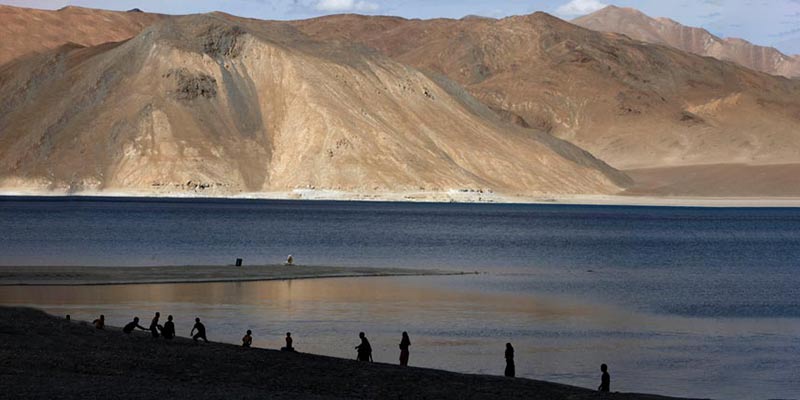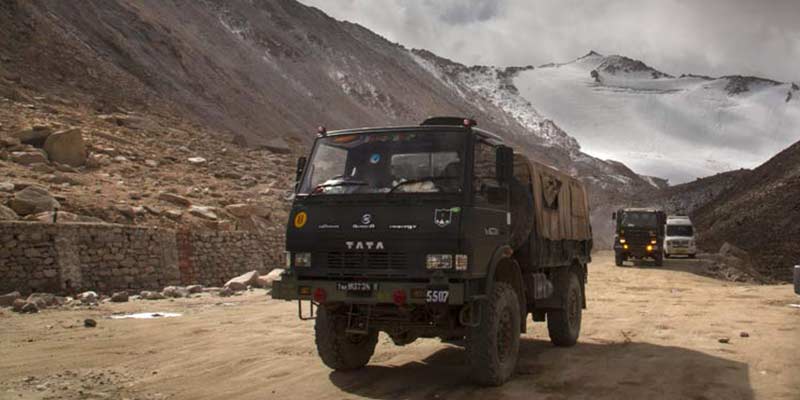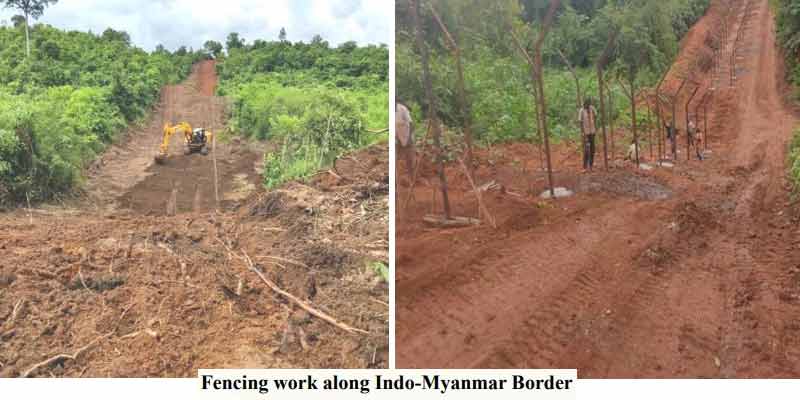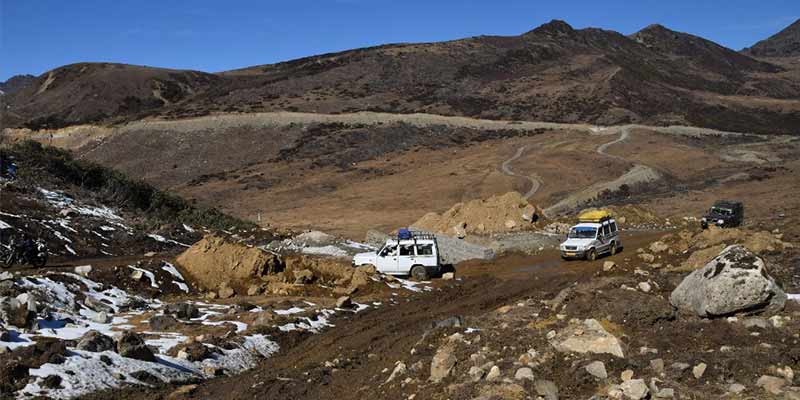- India
- Sep 13
Border villages are country’s first villages, says Rajnath Singh
Defence Minister Rajnath Singh underlined that border villages are the country’s first villages, and the government is fully committed to their holistic development. The Defence Minister pointed out that India’s geo-strategic position is such that it is exposed to different kinds of challenges. He said the best way to deal with them is to ensure border area development.
Key points:
• The Border Roads Organisation has constructed over 8,500 kilometres of roads and more than 400 permanent bridges.
• Atal Tunnel, Sela Tunnel and Shikun-La Tunnel, which is going to be the world’s highest tunnel, will prove to be milestones in border area development.
• The Union government has started the 220 Kilo-Volt Srinagar-Leh Electricity Line to connect the border areas of Ladakh with the National Electricity Grid. The transmission and distribution infrastructure of northeast states is being strengthened.
• High-speed internet has been provided to over 1,500 villages through the Bharat-Net broadband project.
• The Defence Minister said that in the last four years alone, more than 7,000 border villages have been connected with internet connection.
• He said Centre’s focus has been Ladakh and Arunachal Pradesh.
• He emphasised promoting tourism in border areas is being given special emphasis by the government as it acts as a catalyst for the development of the region.
• From 2020 to 2023, the footfall of tourists in Ladakh, Sikkim and Arunachal Pradesh increased by 30 per cent.
• He noted that there has been a significant increase in tourists in Kashmir as compared to the last few years and this has resulted in job creation and strengthening of the local economy.
Border Management
• Border management in India is a critical security function aimed at securing the nation’s frontiers, ensuring the regulated movement of goods and people, and protecting the country from threats such as smuggling, human trafficking, and infiltration.
• The goal is to manage both legal and illegal immigration while safeguarding authorised movements.
Key functions of border management:
• Regulation of Immigration: Ensuring legal immigration while preventing illegal immigration.
• Prevention of Smuggling and Trafficking: Guarding against the movement of contraband, including drugs and weapons.
• Infiltration Prevention: Safeguarding the borders from infiltration by hostile elements or non-state actors.
Principle of ‘One Border, One Border Guarding Force’
The Indian government follows this principle, assigning specific forces to guard each of its international borders:
• Border Security Force (BSF): Guards the borders with Bangladesh and Pakistan.
• Indo-Tibetan Border Police (ITBP): Secures the border with China.
• Sashastra Seema Bal (SSB): Responsible for the borders with Nepal and Bhutan.
• Assam Rifles (AR): Guards the border with Myanmar.
• Indian Army: Protects sensitive areas such as the Line of Control (LoC) with Pakistan and the Line of Actual Control (LAC) with China.
• Additionally, coastal borders are protected by the Indian Navy and the Indian Coast Guard, with support from the State Marine Police, which acts as the second line of defence.
India’s international borders
India shares borders with seven countries:
• Bangladesh
• China
• Pakistan
• Nepal
• Myanmar
• Bhutan
• Afghanistan (through a small boundary in Pakistan-occupied Kashmir)
Diverse Terrain
India’s borders traverse various terrains, including:
• Deserts
• Fertile lands
• Marshy swamps
• Snow-covered peaks
• Tropical forests.
• This diverse topography creates vulnerabilities to threats such as insurgency, illegal migration, and smuggling, making border management a highly complex and critical operation.
Vibrant Villages Programme
• The scheme will provide funds for the development of essential infrastructure and the creation of livelihood opportunities in 19 districts and 46 border blocks in four states of Himachal Pradesh, Uttarakhand, Sikkim, Arunachal Pradesh and the Union Territory of Ladakh along the northern land border of the country.
• The programme was announced in the Union Budget 2022-23.
Significance of the scheme
• The comprehensive development of villages along the northern border will improve the quality of life of people living there and help in encouraging them to stay in their native locations in these areas, thereby reversing the out-migration and adding to improved security of the border.
• The Vibrant Villages Programme has been formulated as a Centrally Sponsored Scheme and will have both components of central sector schemes with 100 per cent direct funding as well as central sponsored schemes in ten sectors like economic growth, livelihood generation, road connectivity, energy, development of cooperative sectors for 24x7 electricity and water, besides promotion of tourism of culture.
• Tourist centres, multi-purpose centres and health and wellness centres will also be set up.
• The existing schemes of various ministries and departments of the government will be covered under Vibrant Village Programme and their outcomes will be defined and monitored on a constant basis. However, there will not be an overlap with the Border Area Development Programme.
• The villages will be developed as growth centres on the basis of the ‘hub-and-spoke model’ through the promotion of entrepreneurship and empowerment of youth and women through skill development programmes.
• The scheme aims to identify and develop the economic drivers based on local natural human and other resources of villages on the northern border and will look at the traditional knowledge, heritage and development of sustainable eco agri-businesses on the concept of one village, one product.
• This will be done through the involvement of community cooperative self-help groups and non-government organisations and agricultural societies.
• The vibrant village action plans will be created by the district administration with the help of gram panchayats. A 100 per cent saturation of central and state schemes will be ensured.
(The author is a trainer for Civil Services aspirants.)




